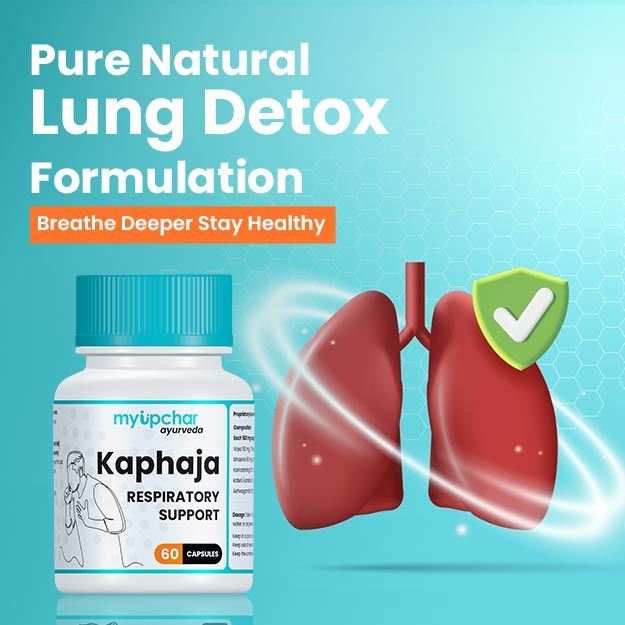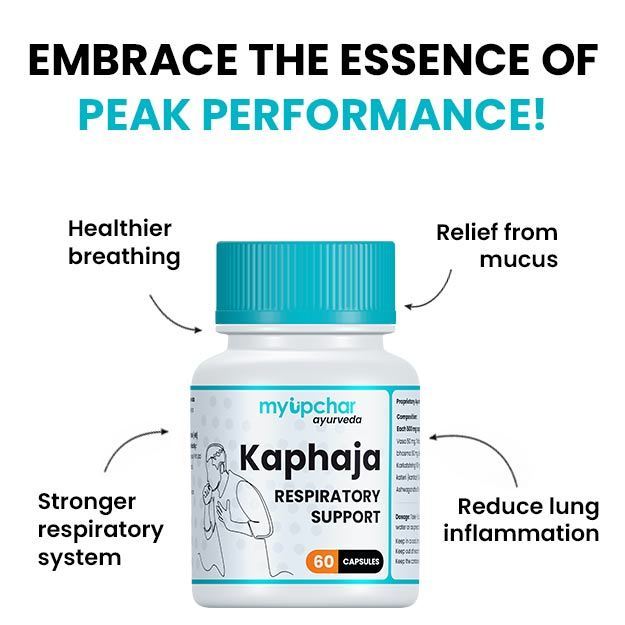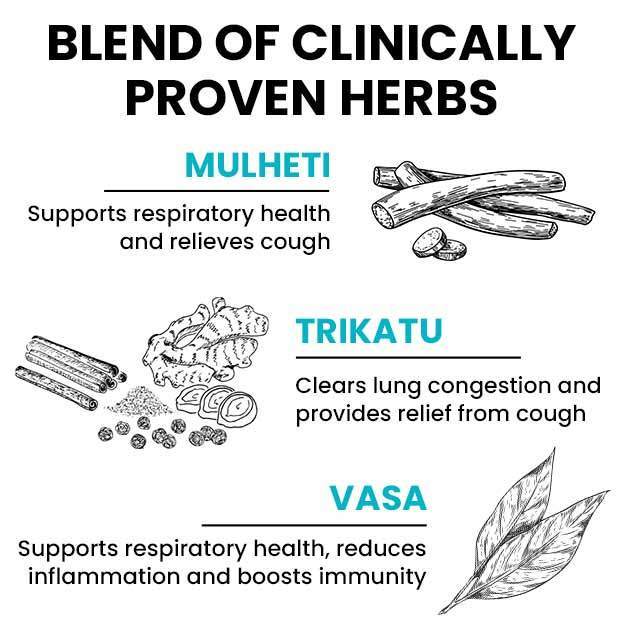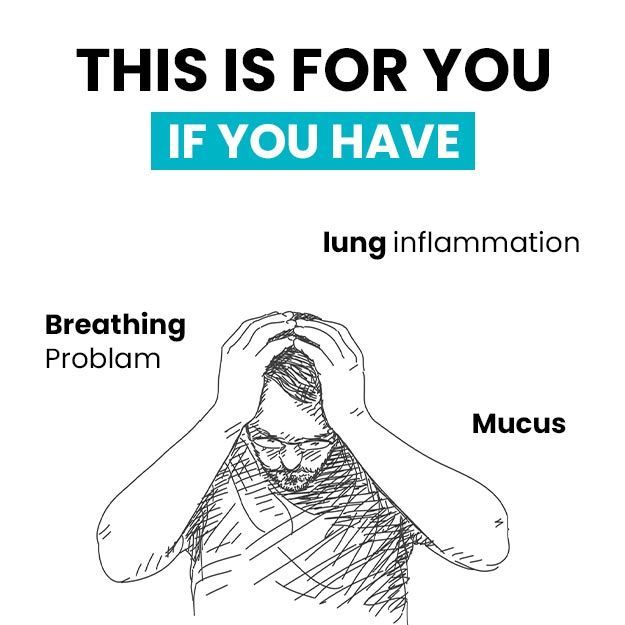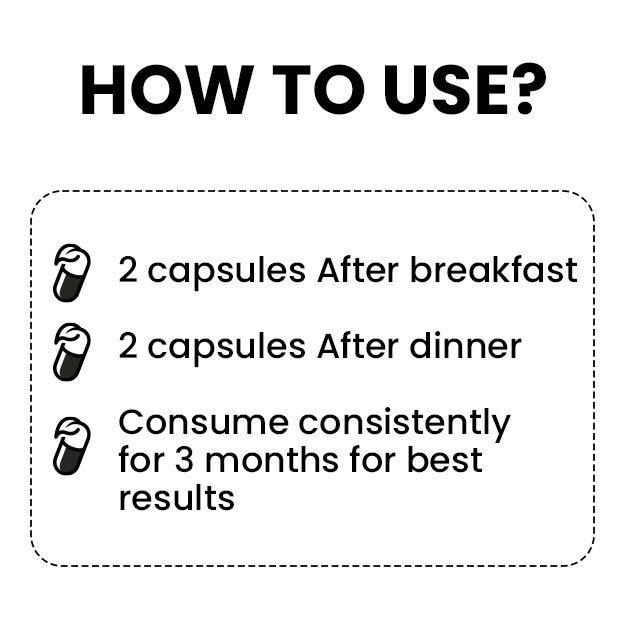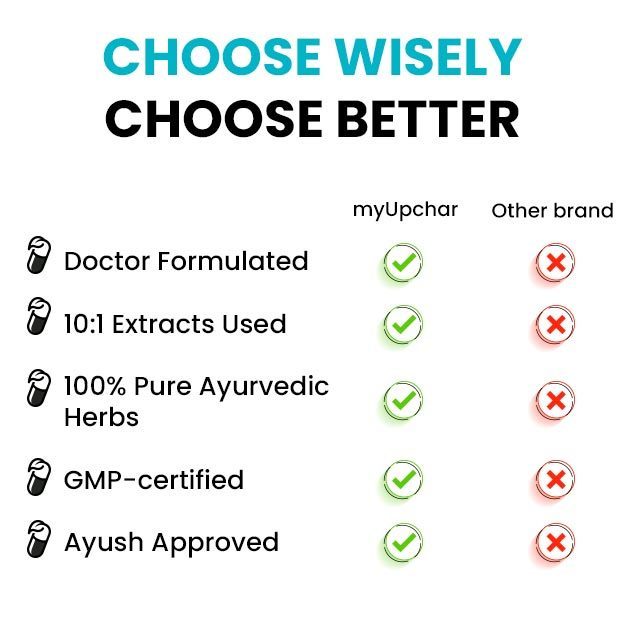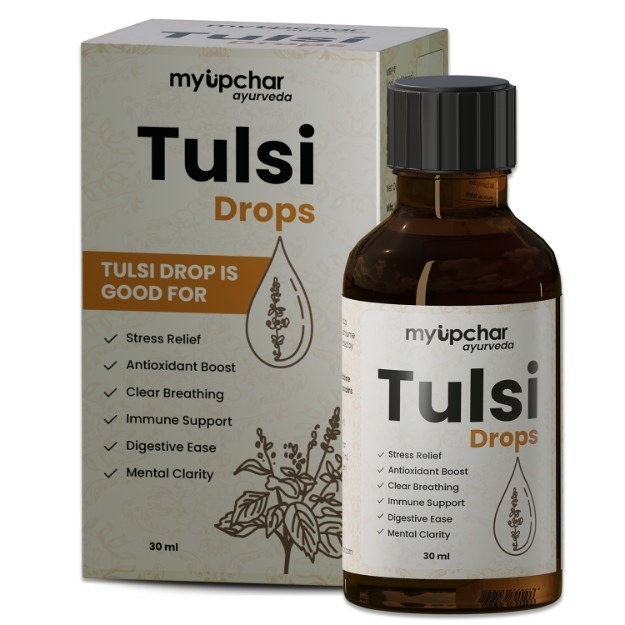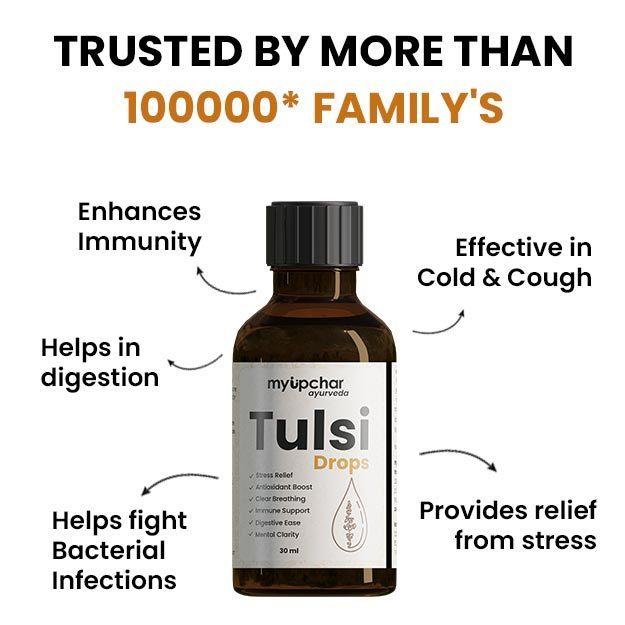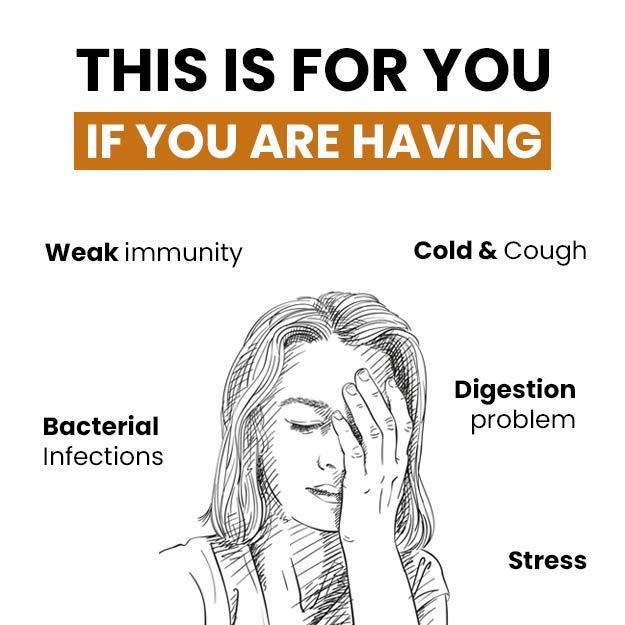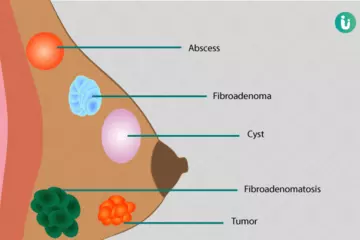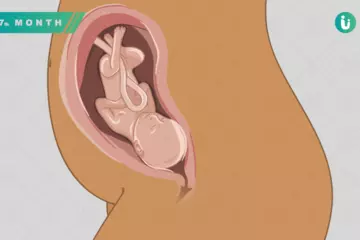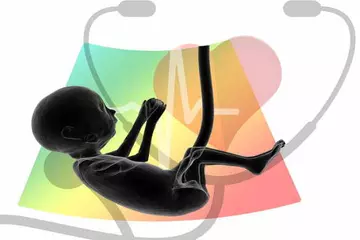Acute respiratory distress syndrome (ARDS) is a life-threatening condition that occurs due to sudden inflammation in the lungs—this leads to respiratory failure and low oxygen levels in the blood (hypoxemia). This condition is also known as acute lung injury and adult respiratory distress syndrome, as described by a study in 1967.
ARDS occurs when there is a collection of fluid in the air sacs in the lungs, which are also known as alveoli. As it happens with other respiratory illnesses, fluid collection in the lungs leads to low oxygen supply in the bloodstream or an increase in carbon dioxide in the body, which stops the otherwise regular supply of oxygen to different organs in the body.
The onset of ARDS has been known to be rather sudden, or at best, developing over just a few days. It typically presents with shortness of breath as a key symptom. Laboured or extremely fast breathing and clicking or bubbling sounds coming from the lungs have also been described as common signs when a patient develops ARDS.
While the disease can develop at any age, the onset of such a condition among preterm babies (born before 37 weeks of gestation) or newborns is known as respiratory distress syndrome (RDS) or neonatal respiratory distress syndrome. In the case of ARDS, the condition usually develops due to another underlying condition, or a sudden trauma that resulted in difficulty breathing.

 OTC Medicines for Acute Respiratory Distress Syndrome (ARDS)
OTC Medicines for Acute Respiratory Distress Syndrome (ARDS)




